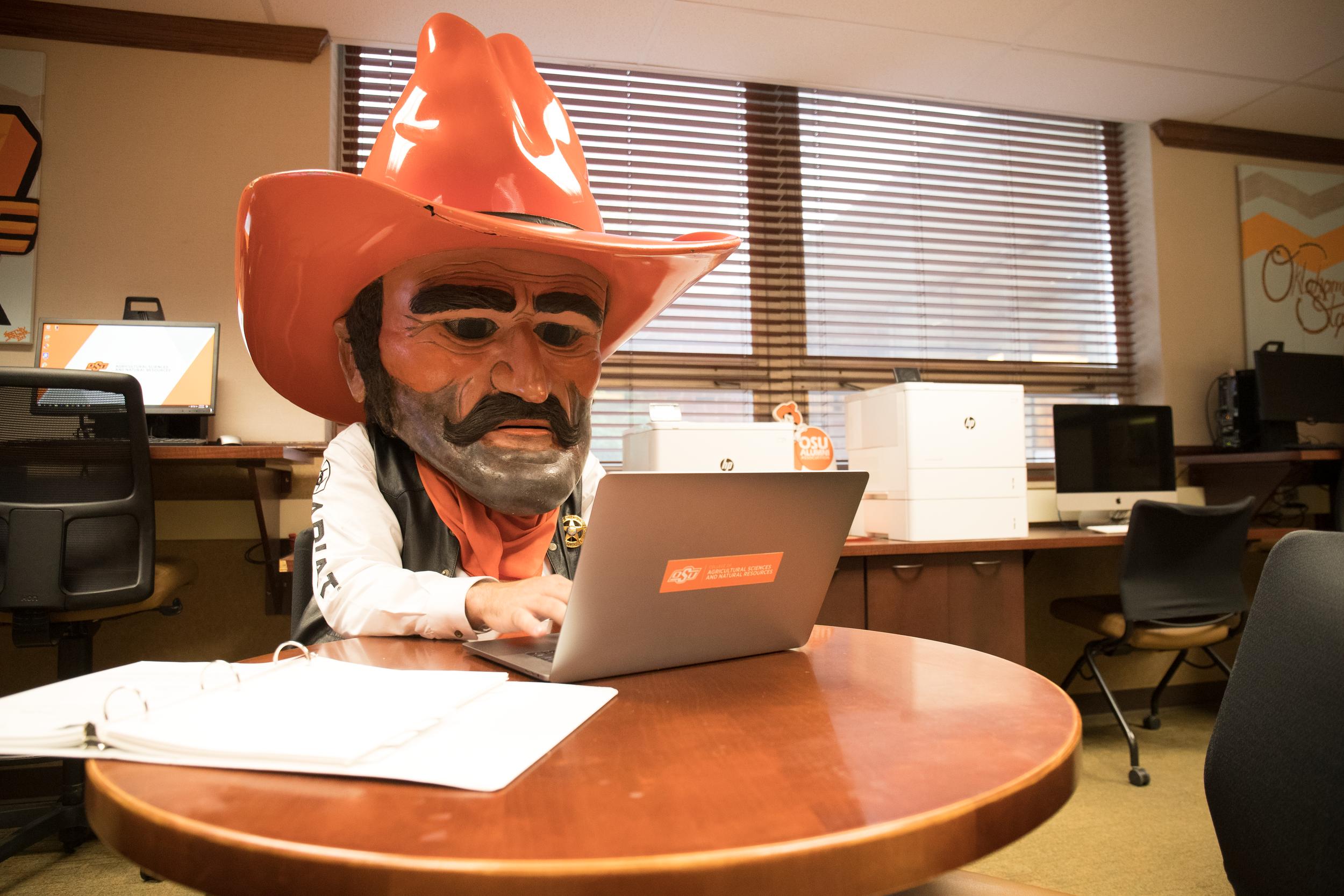9.1 Crafting Supporting Ideas
Click below to play an audio file of this section of the chapter sponsored by the Women for OSU Partnering to Impact grant.

“Learn, compare, collect the facts! Always have the courage to say to yourself ‘I am ignorant.'” -Ivan Petrovich Pavlov
Every day, all around the country, people give speeches that contain generalities and vagueness. Students on your campus might claim that local policies are biased against students, but may not explain why. Politicians may make claims in their speeches about “family values” without defining what those values are or throw out statistics without giving credit to where they found those numbers. Indeed, the nonpartisan websites FactCheck.org and Politifact.com are dedicated to investigating and dispelling the claims that politicians make in their speeches.
In this chapter, we explore the nature of supporting ideas in public speaking and why support is essential to effective presentations. We will then discuss how to use support to build stronger arguments within a speech.

Pistol Pete sat in his room, surrounded by the piles of information he had gathered from the Edmon Low Library. He had a variety of sources, each one offering a different perspective on the traditions of Oklahoma State University. But with such a wealth of information, Pete faced a new challenge – sorting through the research and deciding what forms of support to incorporate into his presentation.
First, Pete decided to go through each source and highlight the most compelling information, keeping his audience and the objectives of his speech in mind. He knew he wanted to provide an informative and engaging narrative, and for that, he needed to balance different types of support in his presentation.
Definitions and explanations were important to give context to the audience, especially for traditions that might not be well-known or understood. For instance, he decided to provide a clear explanation of the significance behind the Sea of Orange Parade, detailing its history and purpose.
Facts and statistics were essential for credibility and demonstrating the impact of the traditions. From historical documents and scholarly papers, he extracted data on how many years specific traditions have been held, how many people participate, and how these customs have evolved over time.
Testimonies, particularly from the yearbooks, brought a personal touch to his speech. They allowed him to share firsthand accounts of the traditions, making the narrative more relatable and engaging for his audience.
Pete recognized the power of stories, and so narratives were an integral part of his speech. He decided to weave in stories from alumni and students that highlighted their experiences with the traditions and the meaning these events held for them.
Finally, considering the visual appeal of his presentation, Pete decided to use visual aids. He had discovered some fascinating photographs in the university’s digital collections that showcased the traditions vividly. He knew that including these pictures in his presentation would help bring the traditions to life.
Pistol Pete spent hours reviewing, selecting, and organizing the information, mindful of creating a balanced and engaging narrative. Through careful consideration and a keen understanding of his audience, Pete was able to determine the best forms of support to use in his speech, ensuring a well-rounded and compelling presentation about the traditions at Oklahoma State University.
What forms of support do you think will best suit your informative presentation?

